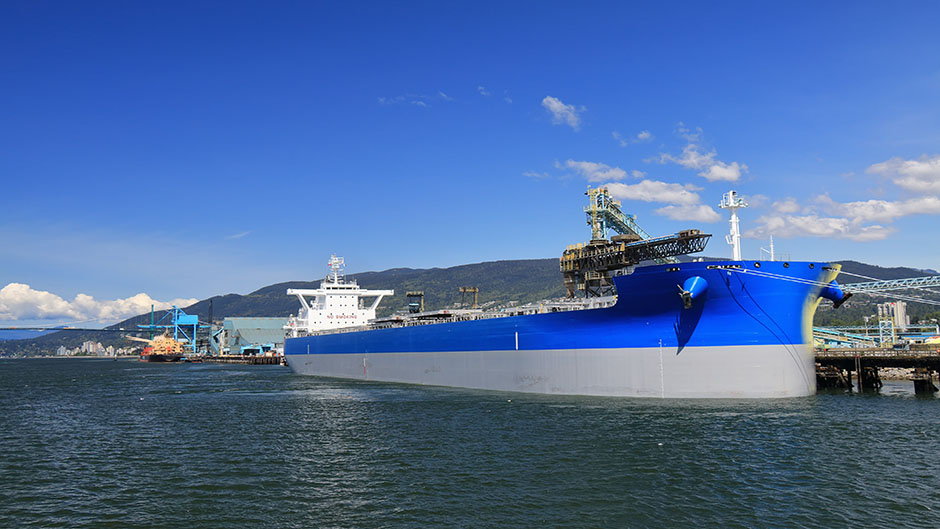Canada will soon require domestically operated commercial ships which have “passengers” on board to carry mandatory liability insurance to respond to passengers’ claims for injury or death. The regulations are expected to come into force before the end of 2017 or during early 2018 and there are a number of issues owners, operators and insurers will need to consider.
Under Canadian law, a passenger is defined very broadly. It includes anyone on board a commercial or public purpose ship other than crew, a person on board for the business of the ship, a sail trainee, or a rescued person or stowaway. Whether or not the person paid to be on board the ship is irrelevant. Very few types of commercial or publicly operated ships are excluded from the mandatory insurance regime. Therefore, the requirement to carry mandatory liability insurance will apply to almost all commercial ships in Canada even if they are not specifically intended or certified by Transport Canada to operate as a passenger ship.
The mandatory insurance regime is set out in the proposed Regulations Respecting Compulsory Insurance for Ships Carrying Passengers (the Regulations), to be enacted under the Canadian Marine Liability Act (the Act).
Under the Regulations, commercial and public purpose ships carrying passengers must carry proof of liability insurance coverage in an amount not less than C$250,000 multiplied by the passenger capacity of the ship.
Under the Act, a ship owner’s limit of liability for a passenger injury or death varies with currency exchange rates. The actual exposure to a claim can exceed C$350,000 per passenger. The ship should also have enough insurance to deal with collision, pollution, and property damage claims as well as salvage or wreck removal. Therefore, owners and operators of ships should consult a marine insurance professional when purchasing insurance coverage and not just rely upon the minimum mandatory requirements which may provide insufficient coverage. After more than 15 years of consideration and consultation by the Government, the Regulations were first published in the Canada Gazette, Part I on December 24, 2016, and since then feedback has been solicited from the industry groups and the public. Transport Canada has advised that final publication in the Canada Gazette, required for the Regulations to come into force, will likely take place in the coming months. The Regulations are being enacted in response to recommendations made by a coroner’s inquest jury following the foundering of a small passenger ship in rough seas, resulting in the drowning of two children, who were on a school field trip. The ship was uninsured and while liability insurance does not in and of itself prevent accidents, it is the Government’s view that ship owners may be motivated to improve the seaworthiness and safety of their ships to qualify for such insurance at reasonable rates.





